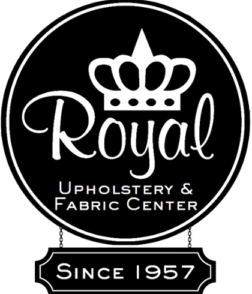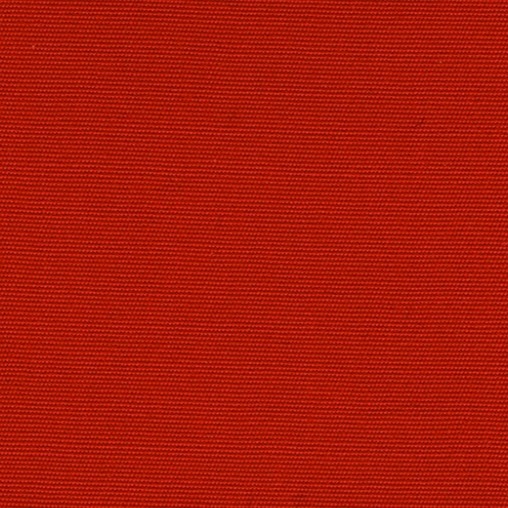RECacril 60″ Marine Fabric
$32.20 – $39.95Price range: $32.20 through $39.95/yd
We offer bulk discount pricing on products. Please call us at 1-800-777-0884 to order.
We offer bulk discount pricing on products. To see discount pricing, please login or create an account.
Unit of Measure: YARD
SKU:
BFR-60
Categories: Marine & Awning, Marine Canvas
Orders placed before 2 PM PST ship same day.
Description
Care and Cleaning
Video
RECacril® canvases are high performance fabrics made from fade resistant, solution-dyed, acrylic fibers. Specially designed for awning and sun protection items (boat tops, umbrellas, grill covers, etc.)
Characteristics:
Composition – 100% Solution Dyed Acrylic Fiber
Width – 60 inches
Weight – 10 oz ± 5%
Finish – Special finish “Infinity” for awnings. Anti-stain, rot-proof, and water resistant
Roll Length – 65.64 yards (60 m)
Specifications:
UV Resistance – 1500 + hours (AATCC-16)
Abrasion Rating – 40,000 Rubs (ASTM-4157)
Hydrostatic – 40 cm (AATCC-127 Method B)
Puncture Strength – 38 lbs
Tensile Strength Warp – 287 lbs (ASTM D-5034 Grab)
Tensile Strength Weft – 149 lbs (ASTM D-5034 Grab)
Tear Strength Warp – 11.5 lbs (ASTM-D2261)
Tear Strength Weft – 7.7 lbs (ASTM-D2261)
Characteristics:
Composition – 100% Solution Dyed Acrylic Fiber
Width – 60 inches
Weight – 10 oz ± 5%
Finish – Special finish “Infinity” for awnings. Anti-stain, rot-proof, and water resistant
Roll Length – 65.64 yards (60 m)
Specifications:
UV Resistance – 1500 + hours (AATCC-16)
Abrasion Rating – 40,000 Rubs (ASTM-4157)
Hydrostatic – 40 cm (AATCC-127 Method B)
Puncture Strength – 38 lbs
Tensile Strength Warp – 287 lbs (ASTM D-5034 Grab)
Tensile Strength Weft – 149 lbs (ASTM D-5034 Grab)
Tear Strength Warp – 11.5 lbs (ASTM-D2261)
Tear Strength Weft – 7.7 lbs (ASTM-D2261)
The high-tech Infinity Process finishing technique provides RECASENS canvases with long lasting protection against mold, as well as excellent water and oil repellency, making marine tops and covers that will protect you from both sun and water for many years.
However, the accumulation of dust, air pollution particles, foreign organic materials and general dirt can damage this protection, shortening the life of the canvas, so the fabric must be properly cleaned and maintained.
The most effective method for maintaining your canvas is to clean it once a month using a low pressure hose to prevent dirt accumulation. IMPORTANT: The fabric must be completely dry before closing or storing it.
The fabric may be left open in the rain, as rain will also help prevent the accumulation of dirt. If for any reason you have to store the canvas while it is still wet, open it as soon as possible to let it dry.
In addition to monthly rinsing, in most environments, the canvas will require a more thorough cleaning every 2-3 years. To clean your canvas:
1. Brush off excess dust and dirt with a soft brush. NEVER brush with stiff brushes as that will damage the surface finish on the fibers.
2. Spray the fabric with clean water. Do not use a high pressure hose. Use only low pressure hoses to clean the fabric.
3. Prepare a solution of solvent-free soap in warm water (no more than 104ºF or 40ºC), and apply it to dissolve any dirt or debris accumulated on the surface of the fibers.
4. Rinse thoroughly with water to remove all traces of soap.
5. Let the canvas air dry fully tensioned, protected from the wind, until completely dry.
RECacril Marine tarps are protected against the growth of fungi, however, fungi can grow on embedded dirt. A more intensive cleaning will remove these types of stains:
1. Brush off excess dust and dirt with a soft brush. NEVER brush with stiff brushes as that will damage the surface of the fabric fibers.
2. Prepare a solution of 10% household bleach, 20% of solvent-free neutral detergent and 70% water.
3. Apply the solution to the fabric, and leave it on for 15-20 minutes maximum.
4. Rinse with clean water several times, as residual bleach could damage the fabric.
5. Let the canvas air dry fully tensioned, protected from the wind, until completely dry.
6. Repeat the process if necessary.
Properly dispose of chemicals and dirty water to protect the environment. Bleach and other chemicals can damage or destroy surrounding plants, animals and other living matter.
However, the accumulation of dust, air pollution particles, foreign organic materials and general dirt can damage this protection, shortening the life of the canvas, so the fabric must be properly cleaned and maintained.
The most effective method for maintaining your canvas is to clean it once a month using a low pressure hose to prevent dirt accumulation. IMPORTANT: The fabric must be completely dry before closing or storing it.
The fabric may be left open in the rain, as rain will also help prevent the accumulation of dirt. If for any reason you have to store the canvas while it is still wet, open it as soon as possible to let it dry.
In addition to monthly rinsing, in most environments, the canvas will require a more thorough cleaning every 2-3 years. To clean your canvas:
1. Brush off excess dust and dirt with a soft brush. NEVER brush with stiff brushes as that will damage the surface finish on the fibers.
2. Spray the fabric with clean water. Do not use a high pressure hose. Use only low pressure hoses to clean the fabric.
3. Prepare a solution of solvent-free soap in warm water (no more than 104ºF or 40ºC), and apply it to dissolve any dirt or debris accumulated on the surface of the fibers.
4. Rinse thoroughly with water to remove all traces of soap.
5. Let the canvas air dry fully tensioned, protected from the wind, until completely dry.
RECacril Marine tarps are protected against the growth of fungi, however, fungi can grow on embedded dirt. A more intensive cleaning will remove these types of stains:
1. Brush off excess dust and dirt with a soft brush. NEVER brush with stiff brushes as that will damage the surface of the fabric fibers.
2. Prepare a solution of 10% household bleach, 20% of solvent-free neutral detergent and 70% water.
3. Apply the solution to the fabric, and leave it on for 15-20 minutes maximum.
4. Rinse with clean water several times, as residual bleach could damage the fabric.
5. Let the canvas air dry fully tensioned, protected from the wind, until completely dry.
6. Repeat the process if necessary.
Properly dispose of chemicals and dirty water to protect the environment. Bleach and other chemicals can damage or destroy surrounding plants, animals and other living matter.

Photo Disclaimer
Due to variations in monitor settings and color balances, colors are representative only and should not be construed as an exact color match of the listed product.


